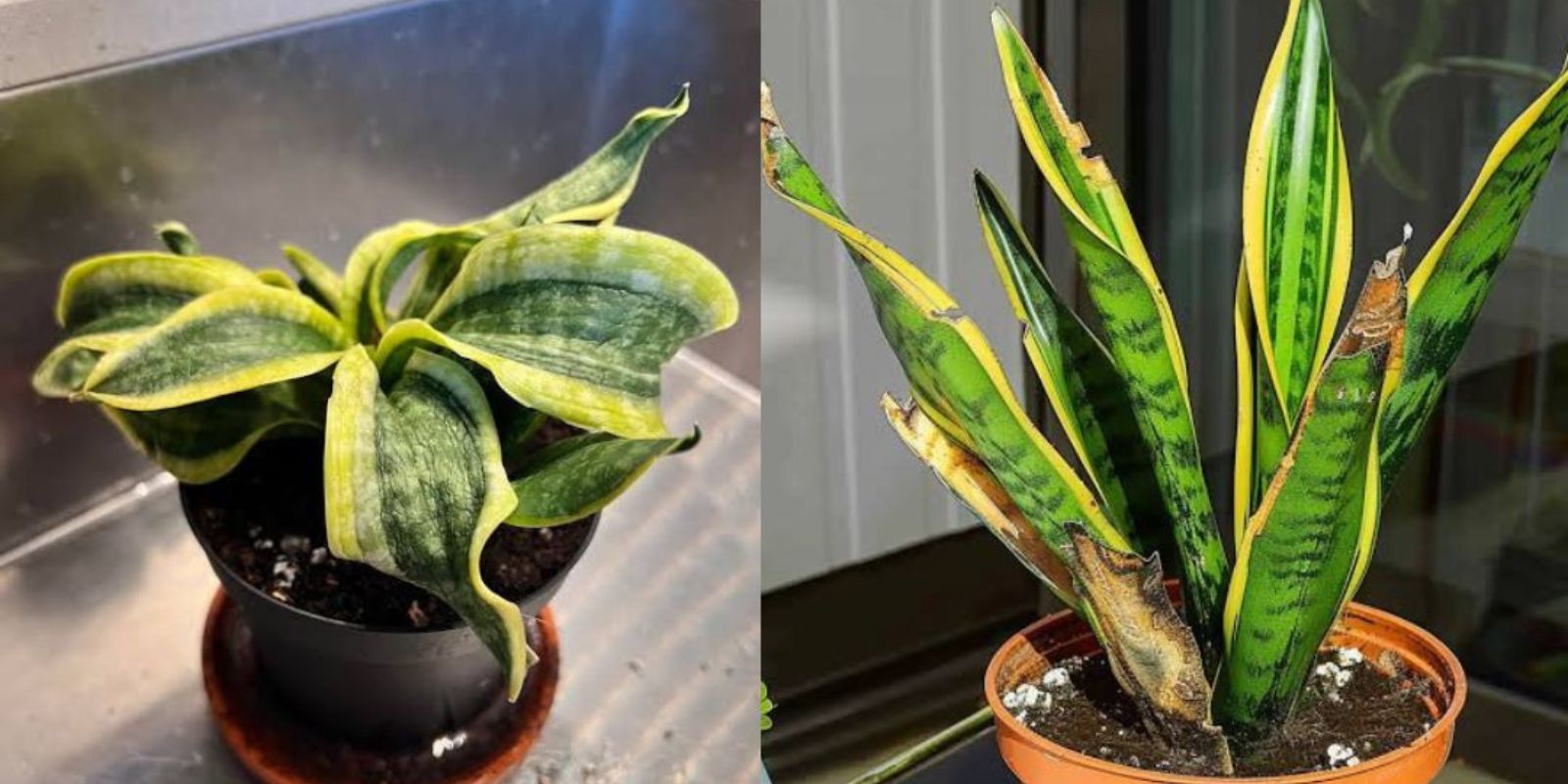Sansevieria, also known as the snake plant or mother-in-law’s tongue, is one of the toughest and most resilient houseplants. It’s known for its striking upright leaves and air-purifying abilities, making it a favorite among plant lovers. However, even this hardy plant can suffer from neglect, improper care, or environmental stress, leading to wilting, yellowing, or dying leaves.
If your Sansevieria is struggling, don’t worry! With the right steps, you can restore its health and encourage lush new growth. This guide will walk you through the causes of a dying snake plant, how to revive it, and tips to keep it thriving for years to come.
Why Is Your Sansevieria Wilting or Dying?
Before reviving your plant, it’s crucial to identify what’s causing its decline. Here are the most common issues that can affect your Sansevieria:
1. Overwatering 🚱
Too much water is the number one killer of snake plants. Their roots are highly susceptible to rot, especially when sitting in soggy soil for extended periods. If your plant’s leaves are mushy, soft, or yellow, overwatering is likely the culprit.
2. Poor Drainage 🌱
Even if you water sparingly, improper drainage can trap moisture around the roots, leading to rot. Clay or plastic pots without drainage holes can be a problem, as well as using dense, compacted soil that holds too much water.
3. Underwatering 🌵
Sansevierias are drought-tolerant, but prolonged neglect can cause the leaves to wrinkle, curl, or droop. If the soil is bone dry for weeks, your plant might be suffering from dehydration.
4. Too Much Direct Sunlight ☀️
Although snake plants love bright, indirect light, excessive direct sun exposure can scorch their leaves, causing them to turn brown and dry out.
5. Cold Damage ❄️
Sansevieria prefers warm temperatures (60-85°F or 15-29°C). Exposure to cold drafts, air conditioning, or temperatures below 50°F (10°C) can cause blackened, mushy leaves.
6. Pests or Fungal Infections 🐛
Mealybugs, spider mites, and fungal infections can weaken your plant, causing brown spots, mold, or distorted growth.
How to Revive Your Wilting Sansevieria
Now that you know the possible causes, here’s how you can bring your snake plant back to life step by step:
1. Inspect the Roots 🧐
- Carefully remove the plant from its pot and check the roots.
- If they’re brown and mushy, you have root rot—trim off the affected roots with sterilized scissors.
- If the roots are still white and firm, your plant has a good chance of recovery.
2. Choose the Right Soil 🌿
- Use a well-draining, sandy soil mix, such as cactus or succulent soil.
- Avoid heavy, moisture-retentive soils that can cause rot.
- You can also mix perlite or coarse sand to improve drainage.
3. Repot in a Proper Container 🏺
- Pick a terracotta or ceramic pot with drainage holes to allow excess water to escape.
- Avoid plastic or glass containers, which can trap moisture.
- Repot the snake plant with fresh, dry soil after treating root rot.
4. Adjust Your Watering Schedule 🚰
- Water only when the soil is completely dry—usually every 2-4 weeks.
- Use the “finger test”: Insert your finger into the soil about 2 inches deep. If it feels dry, it’s time to water.
- In winter, reduce watering even more since the plant grows slowly.
5. Provide the Right Lighting ☀️
- Place your plant in bright, indirect light for best results.
- Avoid harsh midday sun, which can burn the leaves.
- If growing indoors, position it near a north or east-facing window for soft sunlight.
6. Prune Damaged Leaves ✂️
- Cut off yellow, mushy, or severely damaged leaves at the base.
- This helps the plant focus energy on healthy new growth.
- Use sharp, sterilized scissors to prevent infections.
7. Feed Your Plant Occasionally 🌱
- Use a balanced liquid fertilizer (10-10-10) every 4-6 weeks during spring and summer.
- Avoid fertilizing in winter, as the plant enters dormancy.
8. Control Pests Naturally 🐞
- Wipe leaves with a damp cloth to remove spider mites or mealybugs.
- Use neem oil or insecticidal soap if pests persist.
- Ensure good air circulation to prevent fungal issues.
How to Keep Your Sansevieria Thriving for Years
Now that your snake plant is on the road to recovery, here are some long-term care tips to keep it strong and healthy:
✅ 1. Follow a Consistent Watering Routine
Water only when the soil is dry—this prevents root rot and fungal infections.
✅ 2. Keep it in the Right Temperature Range
Sansevieria thrives in 60-85°F (15-29°C). Avoid exposure to cold drafts or sudden temperature changes.
✅ 3. Rotate Your Plant Occasionally
If your plant grows toward the light, rotate it every few weeks to encourage even growth.
✅ 4. Keep Leaves Clean
Dust can block sunlight absorption, so wipe the leaves gently with a damp cloth every few weeks.
✅ 5. Propagate for More Plants!
- Cut a healthy leaf and place it in water or soil to grow new plants.
- Sansevieria is easy to propagate, so you can expand your collection effortlessly.
Final Thoughts
Sansevieria is one of the easiest houseplants to grow, but even the toughest plants need proper care. If your snake plant is wilting or dying, don’t panic! By following these simple revival and care steps, you can bring it back to life and enjoy its stunning foliage for years to come.
💬 Have you ever saved a struggling Sansevieria? Share your experience in the comments below! 🌿👇

